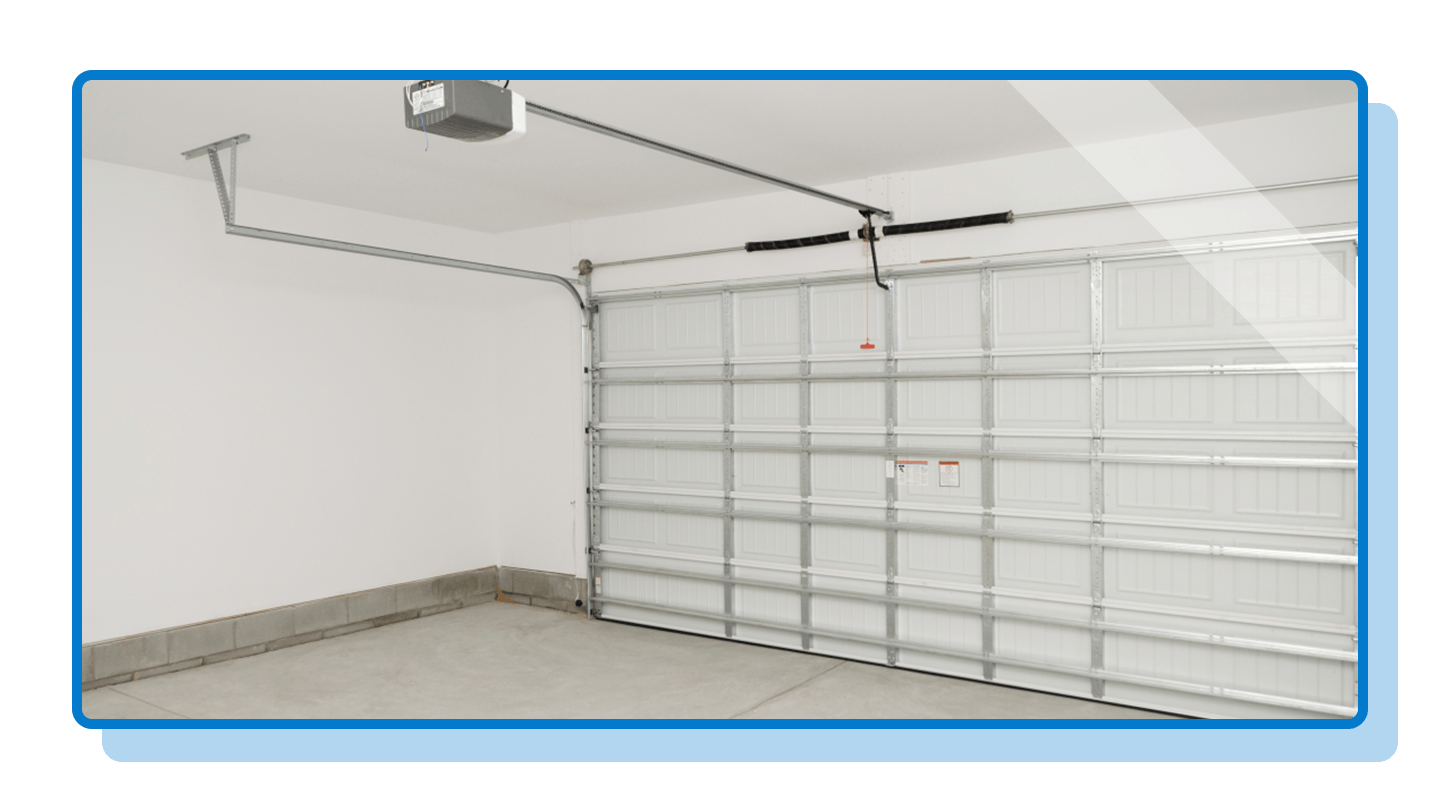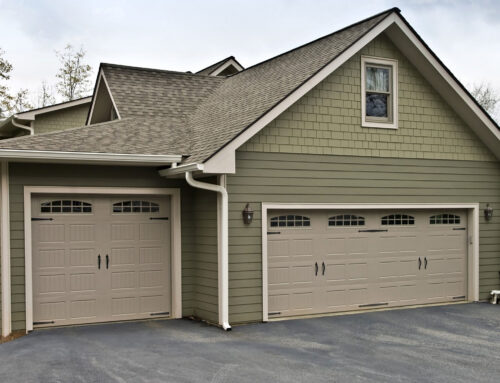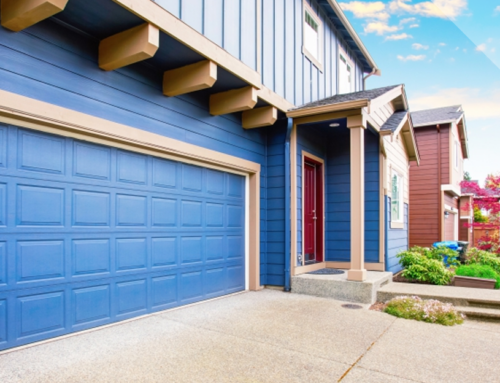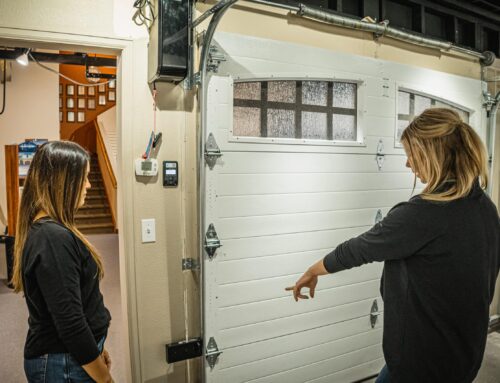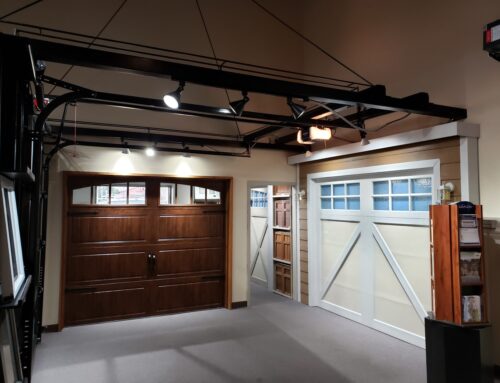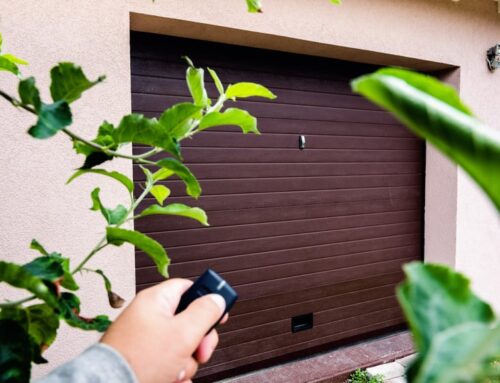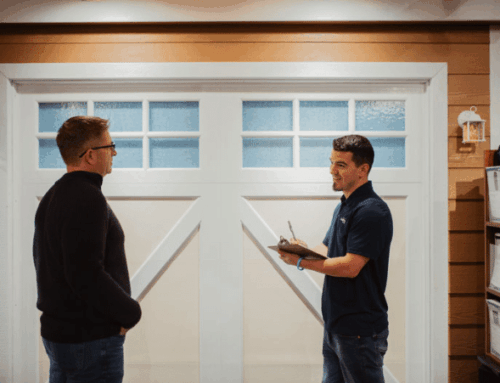As the weather gets colder, the importance of garage door weatherstripping becomes even more evident. A well-sealed garage door can significantly reduce energy loss, helping you stay warm and comfortable while saving on heating costs. Additionally, proper weatherstripping can prevent cold drafts from entering your home, enhancing overall comfort and reducing the risk of moisture-related problems.
In this comprehensive guide, we’ll delve into the world of garage door weatherstripping, exploring various types, materials, installation techniques, and factors to consider when choosing the best garage door weather stripping replacement for 2024.
Best Options for Garage Door Weatherstripping
When selecting garage door weatherstripping, several factors should be considered. The climate in your region, the type of garage door you have, and your desired level of insulation will all influence your choices.
Types of Garage Door Weatherstripping
There are three main types of garage door weatherstripping: bottom seals, top and side seals, and interior seals.
Bottom Seals
Bottom seals are the most common type of weatherstripping and are designed to prevent drafts and water infiltration from the bottom of the garage door. There are several different types of bottom seals available, including bulb seals, T-seals, brush seals, and shoe seals.
- Bulb seals are made of a bulb-shaped piece of rubber or vinyl that is attached to the bottom of the garage door. They are effective at sealing gaps and preventing drafts.
- T-seals are made of a T-shaped piece of rubber or vinyl that is attached to the bottom of the garage door. They are also effective at sealing gaps and preventing drafts.
- Brush seals are made of a series of bristles that are attached to the bottom of the garage door. They are effective at sealing gaps and preventing drafts, but they may not be as durable as other types of seals.
- Shoe seals are made of a rigid piece of metal or plastic that is attached to the bottom of the garage door. They are effective at sealing gaps and preventing drafts, but they may not be as flexible as other types of seals.
Top and Side Seals
Top and side seals are used to prevent drafts and air leaks from the top and sides of the garage door. They are typically made of foam or rubber and are attached to the top and sides of the garage door with adhesive.
Interior Seals
Interior seals are used to prevent drafts and air leaks from the inside of the garage door. They are typically made of foam or rubber and are attached to the inside of the garage door with adhesive.
Materials for Garage Door Weatherstripping
Garage door weatherstripping is typically made of rubber, vinyl, foam, or silicone.
- Rubber is a durable and flexible material that is resistant to weathering and abrasion.
- Vinyl is also a durable and flexible material that is resistant to weathering and abrasion.
- Foam is a lightweight and insulating material that is effective at preventing drafts.
- Silicone is a durable and flexible material that is resistant to weathering and abrasion.
Sizes and Shapes of Garage Door Weatherstripping
Garage door weatherstripping comes in a variety of sizes and shapes to accommodate different garage door dimensions and styles. The size of the weatherstripping you need will depend on the width and height of your garage door, while the shape will be influenced by the specific type of door you have.
Common Sizes:
- 16 ft garage door weatherstripping: A popular size for standard single-car garage doors.
- Wide garage door weatherstripping: Designed for garage doors with a wider opening, often found in larger homes or commercial spaces.
- Extra wide garage door weatherstripping: Suitable for garage doors with exceptionally wide openings, such as those accommodating multiple vehicles or oversized items.
Common Shapes:
- Almond garage door weatherstripping: A popular shape known for its durability and effectiveness in sealing gaps.
- Roll up garage door weatherstripping: Specifically designed for roll-up garage doors, offering a snug fit and protection against drafts.
- Double garage door weatherstripping: Longer and wider strips designed to accommodate double-car garage doors, ensuring complete coverage and insulation.
- 2 car garage door weatherstripping: Another term for double garage door weatherstripping, indicating its suitability for two-vehicle garages.
By carefully considering the size and shape of your garage door, you can select the appropriate weatherstripping to ensure optimal performance and energy efficiency.
Colors for Garage Door Weatherstripping
Garage door weatherstripping is available in a variety of colors, allowing you to seamlessly blend it with your garage door’s aesthetic. Whether you have a black, brown, gray, or colored garage door, there’s a weatherstripping color to match.
Here are some of the most common garage door weather stripping colors:
- Black garage door weather stripping: A versatile choice that complements black or dark-colored garage doors.
- Brown garage door weather stripping: Ideal for brown or wood-toned garage doors, providing a cohesive appearance.
- Gray garage door weather stripping: A neutral option that blends well with various garage door colors, including gray, white, and light-colored wood.
- Colored garage door weather stripping: Available in a wide range of colors, allowing you to match or contrast your garage door’s hue for a personalized look.
When selecting garage door weatherstripping colors, consider the overall style and color scheme of your home to create a harmonious exterior.
Painting Garage Door Weatherstripping
Garage door weatherstripping can be painted, but it is important to use a paint that is specifically designed for use on rubber or vinyl.
Installing Garage Door Weather Stripping
Installing garage door weatherstripping is a relatively easy task that can be completed in a few hours. The first step is to clean the garage door thoroughly. Next, you will need to measure the garage door to determine the size of weatherstripping you need. Once you have the weatherstripping, you can attach it to the garage door with adhesive.
Replacing Garage Door Weatherstripping
Garage door weatherstripping should be replaced every few years. Signs that your garage door weatherstripping needs to be replaced include cracking, peeling, or gaps.
Costs of Garage Door Weatherstripping
The cost to replace garage door weather stripping will vary depending on the type, material, size, and brand of weatherstripping you choose. However, you can expect to pay anywhere from $50 to $200 for a new set of garage door weatherstripping.
Garage Door Weatherstripping in Fort Collins, CO
Garage door weatherstripping is an important component of any garage door. By installing and maintaining your garage door weatherstripping, you can help to improve the energy efficiency, security, and comfort of your home.
If you live in Fort Collins, CO, Front Range Raynor has garage door weatherstripping and other garage door parts. We are a full-service garage door company offering a variety of garage door services, including weatherstripping installation. Contact us today to schedule a free estimate.

